—Grade classification of stainless steel plates
Stainless steel plates are classified according to different standards and uses, and can usually be divided into the following three aspects:
1. Classification of stainless steel plate series: Stainless steel plate series are divided into: austenitic series, martensite series, and ferrite series according to material composition and corrosion resistance.
2. Standard classification of stainless steel plates: According to international standards, stainless steel plates are divided into AISI (United States), JIS (Japan), GB (China) and other standards. The grades of stainless steel plates corresponding to different standards are slightly different.
3. Classification of stainless steel plate uses: According to the scope of use and special requirements, stainless steel plates can be divided into: stainless steel plates for architectural decoration, stainless steel plates for industry, stainless steel plates for food hygiene, stainless steel plates for medical equipment, etc.
—The advantages, disadvantages and scope of application of stainless steel plate grades
1. Austenitic series: It has good plasticity and welding properties and is widely used in the manufacture of various chemical containers and processing equipment. It can also be used to make watches, hinges and other precision parts. However, due to its weak corrosion resistance, it is generally not suitable for use in corrosive environments.
2. Martensitic series: good mechanical properties and high strength, suitable for manufacturing high-end pressure vessels, heavy machinery, aircraft parts, etc. However, due to its weak welding performance, it is generally not suitable for manufacturing thin-walled pipes and other precision parts that require high strength.
3. Ferrite series: It has strong corrosion resistance and is suitable for making chemical equipment, marine equipment, sewage treatment equipment, lamps and sanitary appliances in salt spray environments. However, its plasticity and toughness are poor, and it is susceptible to heat and stress corrosion.
To sum up, choosing the appropriate stainless steel plate grade can be determined according to the use environment and machine requirements, thereby ensuring its excellent performance and extending its life.
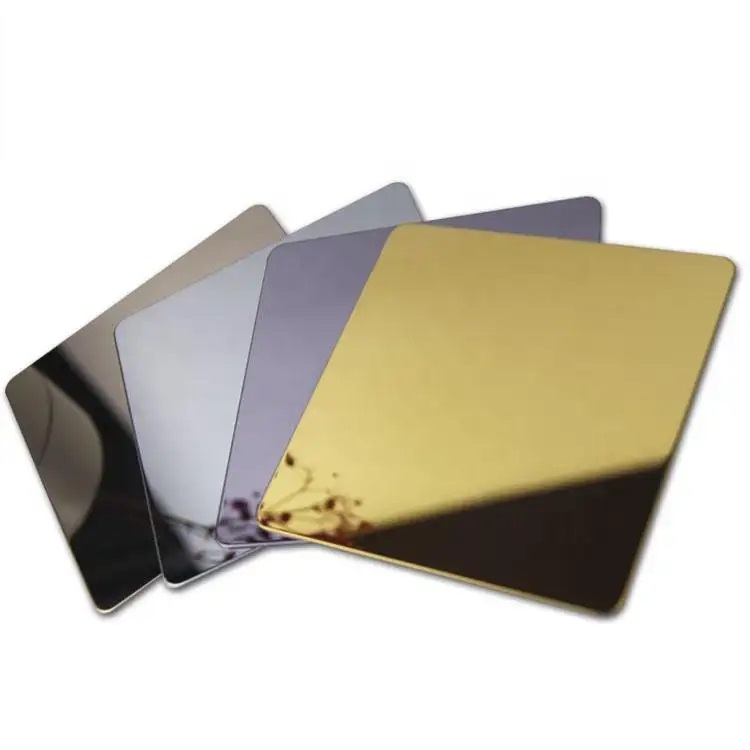
Similar Posts
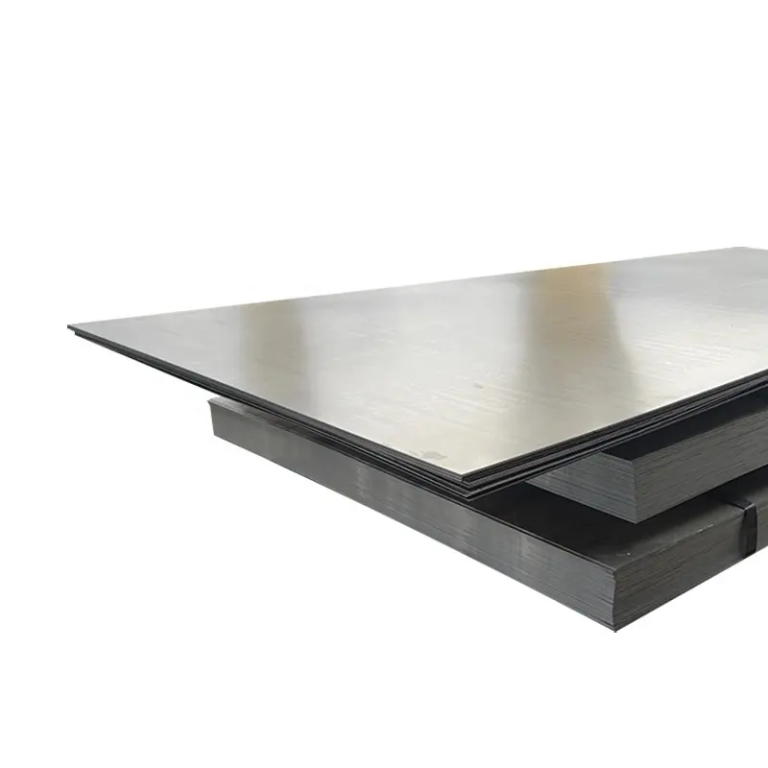
Distinguish between hot rolled steel plate and cold rolled steel plate
Hot-rolled steel plates and cold-rolled steel plates are two common steel products. The difference between them lies in the different…
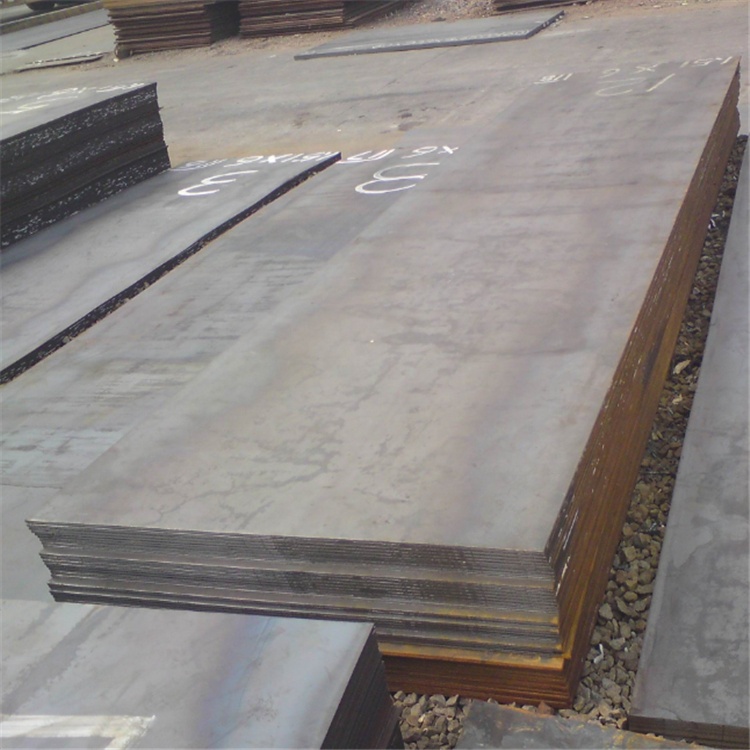
What is a flat plate?
The original flat plate and the flat plate are called: single rolled steel plate and sheared steel plate respectively. When…
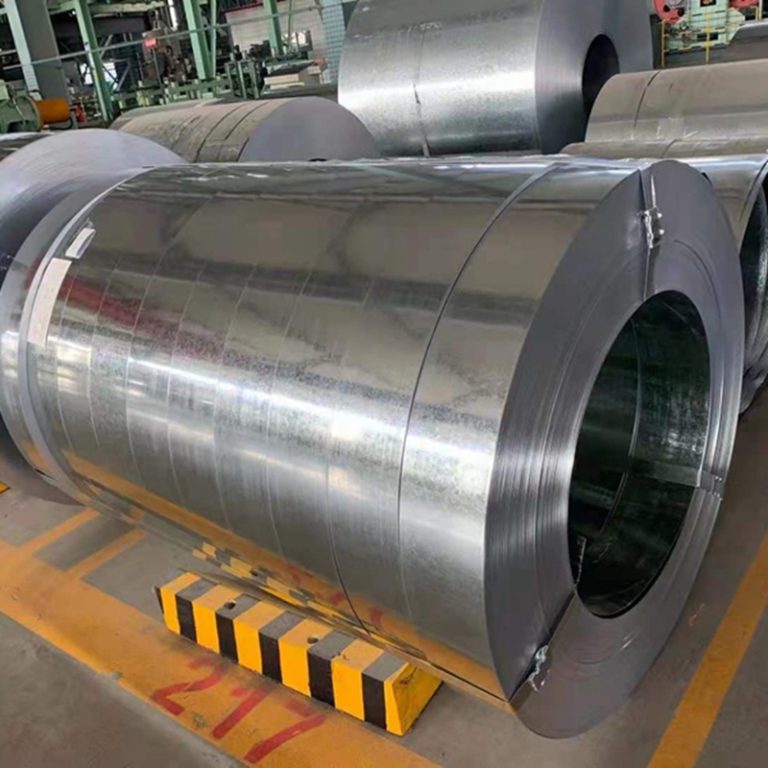
Function and application fields of galvanized steel coils
Function of galvanized coil Galvanized coil is a coil product in which a layer of zinc metal is coated on…
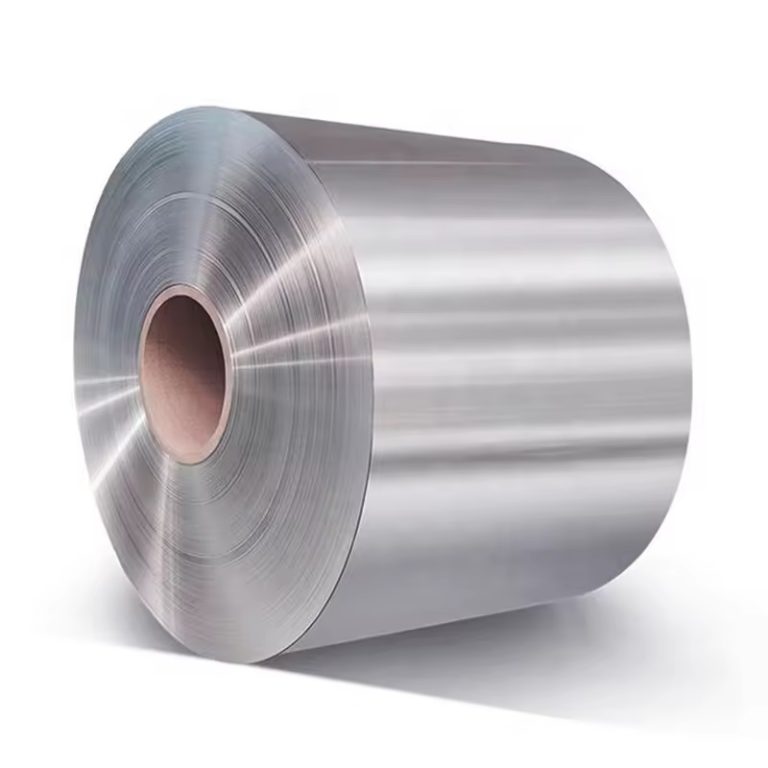
Classification of aluminum foil
Aluminum foil can be divided into the following categories according to different uses and production processes: Classification by thickness: Thick…
Characteristics and uses of silicon steel sheet rolls
Silicon steel sheet (also known as silicon steel sheet) is a silicon-containing soft magnetic alloy, mainly composed of silicon and…
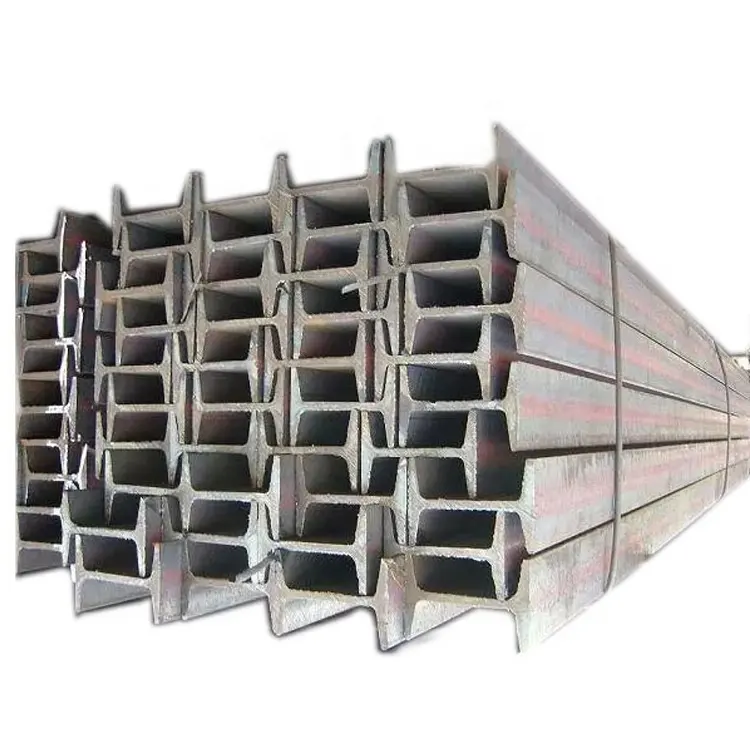
Application characteristics of I-beam
Structural features of I-beam:I-beam is a type of I-shaped steel, consisting of two upper and lower flanges of equal length…

Distinguish between hot rolled steel plate and cold rolled steel plate
Hot-rolled steel plates and cold-rolled steel plates are two common steel products. The difference between them lies in the different…

What is a flat plate?
The original flat plate and the flat plate are called: single rolled steel plate and sheared steel plate respectively. When…

Function and application fields of galvanized steel coils
Function of galvanized coil Galvanized coil is a coil product in which a layer of zinc metal is coated on…

Classification of aluminum foil
Aluminum foil can be divided into the following categories according to different uses and production processes: Classification by thickness: Thick…
Characteristics and uses of silicon steel sheet rolls
Silicon steel sheet (also known as silicon steel sheet) is a silicon-containing soft magnetic alloy, mainly composed of silicon and…

Application characteristics of I-beam
Structural features of I-beam:I-beam is a type of I-shaped steel, consisting of two upper and lower flanges of equal length…

Distinguish between hot rolled steel plate and cold rolled steel plate
Hot-rolled steel plates and cold-rolled steel plates are two common steel products. The difference between them lies in the different…

What is a flat plate?
The original flat plate and the flat plate are called: single rolled steel plate and sheared steel plate respectively. When…

Function and application fields of galvanized steel coils
Function of galvanized coil Galvanized coil is a coil product in which a layer of zinc metal is coated on…

Classification of aluminum foil
Aluminum foil can be divided into the following categories according to different uses and production processes: Classification by thickness: Thick…
Characteristics and uses of silicon steel sheet rolls
Silicon steel sheet (also known as silicon steel sheet) is a silicon-containing soft magnetic alloy, mainly composed of silicon and…

Application characteristics of I-beam
Structural features of I-beam:I-beam is a type of I-shaped steel, consisting of two upper and lower flanges of equal length…
